Expanding the temperature range of lithium-ion batteries
Electric cars struggle with extreme temperatures, mainly because of impacts on the electrolyte solutions in their lithium-ion batteries. Now, researchers have developed new electrolytes containing multiple additives that work better over a wide temperature range.
Lithium-ion batteries are widely used in cell phones, laptop computers and electric vehicles. The electrolyte solutions in these batteries conduct ions between the negative electrode (anode) and positive electrode (cathode) to power the battery. An indispensable component of most of these solutions, ethylene carbonate helps create a protective layer, preventing further decomposition of electrolyte components when they interact with the anode. However, ethylene carbonate has a high melting point, which limits its performance at low temperatures. Wu Xu and colleagues showed previously that they could extend the temperature range of lithium-ion batteries by partially replacing ethylene carbonate with propylene carbonate and adding cesium hexafluorophosphate. But they wanted to improve the temperature range even further, so that lithium-ion batteries could perform well from -40 to 140 F.
The researchers tested the effects of five electrolyte additives on the performance of lithium-ion batteries within this temperature range. They identified an optimized combination of three compounds that they added to their previous electrolyte solution. This new combination caused the formation of highly conductive, uniform and robust protective layers on both the anode and the cathode. Batteries containing the optimized electrolyte had greatly enhanced discharging performance at -40 F and long-term cycling stability at 77 F, along with slightly improved cycling stability at 140 F.
Original publication
Original publication
Bin Liu et al.; "Constructing Robust Electrode/Electrolyte Interphases to Enable Wide Temperature Applications of Lithium-Ion Batteries"; ACS Appl. Mater. Interfaces; 2019
Organizations
Other news from the department science
These products might interest you
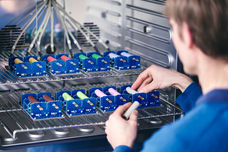
Battery Testing Services by Battery Dynamics
Learn more about the performance and service life of your battery cells in less time
Benefit from modern measurement technology and an experienced team
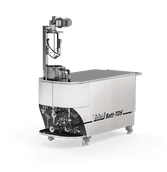
Batt-TDS by ystral
YSTRAL Batt-TDS mixing and dispersing machine
Boost your battery slurry process

Get the chemical industry in your inbox
By submitting this form you agree that LUMITOS AG will send you the newsletter(s) selected above by email. Your data will not be passed on to third parties. Your data will be stored and processed in accordance with our data protection regulations. LUMITOS may contact you by email for the purpose of advertising or market and opinion surveys. You can revoke your consent at any time without giving reasons to LUMITOS AG, Ernst-Augustin-Str. 2, 12489 Berlin, Germany or by e-mail at revoke@lumitos.com with effect for the future. In addition, each email contains a link to unsubscribe from the corresponding newsletter.
Most read news
More news from our other portals
See the theme worlds for related content
Topic World Battery Technology
The topic world Battery Technology combines relevant knowledge in a unique way. Here you will find everything about suppliers and their products, webinars, white papers, catalogs and brochures.
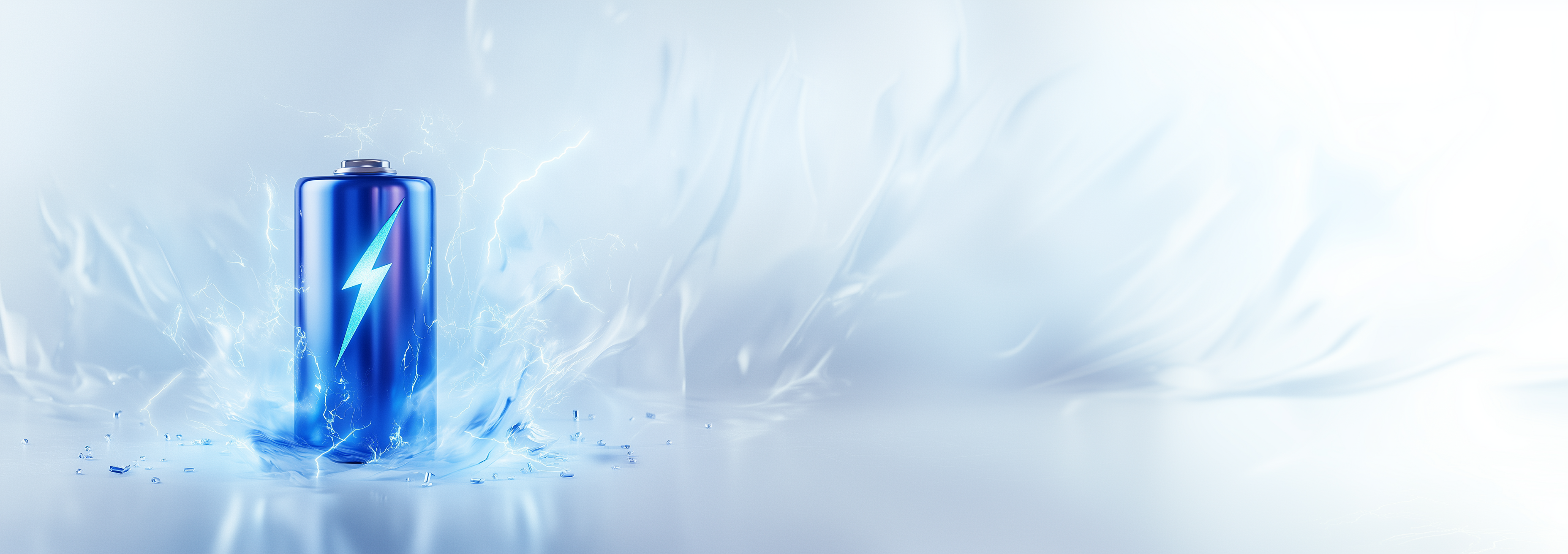
Topic World Battery Technology
The topic world Battery Technology combines relevant knowledge in a unique way. Here you will find everything about suppliers and their products, webinars, white papers, catalogs and brochures.
Last viewed contents
Sigma-Aldrich Recognized by BioInformatics, LLC as Having the Most Useful and Easiest to Use Online and Print Catalogs
Rockwell Automation Names New Leaders For Its Two Operating Segments
Boronic_acid
The computer recognizes chemical structures - The Fraunhofer Institute SCAI and InfoChem cooperate in developing a new software tool for the automatic recognition of images representing chemical structures
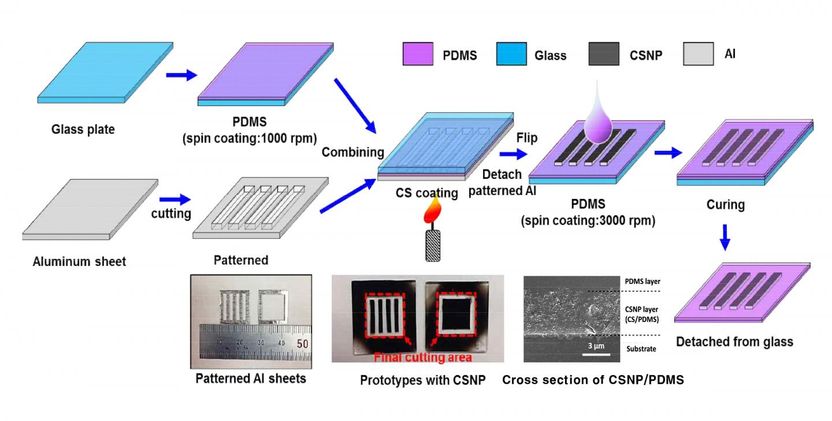
Laser-based ultrasound approach provides new direction for nondestructive testing
Merck KGaA starts world-wide launch of Chromolith HPLC Columns - The new HPLC column can separate the most complex substance mixtures into their components at maximum speed.
Two in one solution for low cost polymer LEDs and solar cells
Angiotensin_receptor
Asbestos,_Quebec
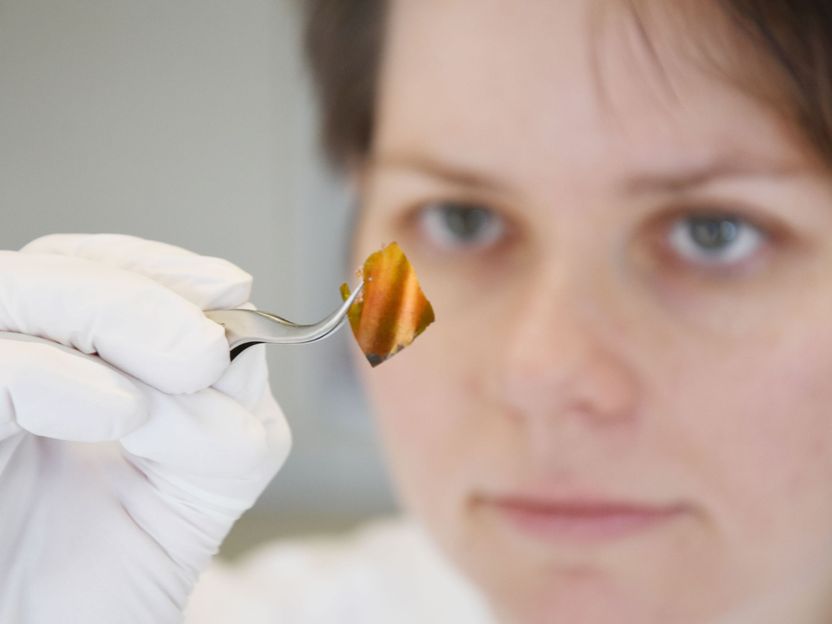
High-performance combination: Batteries made of silicon and sulphur - Research team of material scientists present an innovative, sustainable energy storage concept




























































